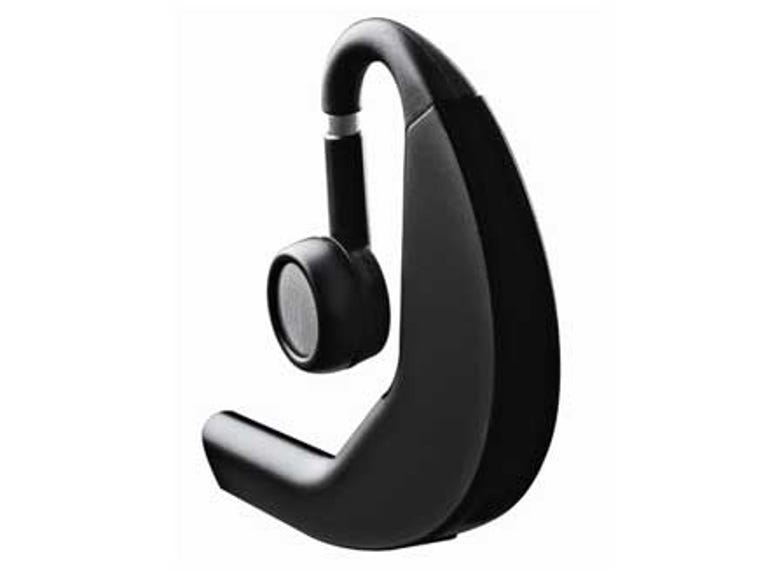 Why You Can Trust CNET
Why You Can Trust CNET Jabra BT5020 review: Jabra BT5020 Headset with Bluetooth Hub
The lack of a phone headset lifter makes this headset/hub combo less intriguing than it really should be.
Design
There are those who love Bluetooth headsets, and those that don't. Of the latter camp, many protest that you tend to look rather too much like a poseur when wearing one, as if the effort of answering your phone manually is too much &mdash or as if you really wanted to be in the next Star Trek movie, but couldn't quite make it in the props department.
The Good
The Bad
The Bottom Line
If you are in that latter camp, you'll positively loathe the BT5020, a Bluetooth headset that's designed to be worn even more frequently than regular Bluetooth headsets, thanks to the inclusion of a desktop Bluetooth Hub that connects directly to your landline phone, whether that's just a regular PSTN number, PABX or VoIP. The idea is that you wear one headset for all calls, as the headset can simultaneously pair with the hub and your Bluetooth capable mobile phone.
The supplied headset &mdash it's the part that actually carries the BT5020 moniker &mdash isn't exactly subtle in its design, and we were somewhat amused by Jabra's description of it as "designed for discreet style". It's fairly big, but at only 16g it is quite light, and will fit easily into either ear. The controls on the headset are paradoxically quite small despite its large size &mdash and there's also a significant catch here for desktop phones, which we'll get to shortly.
The Bluetooth Hub (the A7010, if product numbers excite you) looks like it had a former life as a notebook battery, but then, it's designed as basic telephony equipment; more of the A7010's designated market would likely be repelled by it if it were covered in a flowery pastel or "designer" pattern than the simple design it carries.
Features
Installation of the 5020 and Bluetooth Hub is quite simple. The headset requires a few hours of charging, at which point it can be paired with your mobile in the regular fashion thereafter. The hub connects to a normal desk phone via standard phone cabling, varying depending on whether you're connecting a phone with its own headset socket or not.
While the BT5020 can simultaneously pair with both a landline and mobile phone, there's a significant omission in its feature set &mdash it can't automatically start or terminate landline phone calls, something you'd normally do by lifting the handset up and down. Jabra do sell an automatic lifter &mdash the GN1000 &mdash which can be paired up with the Bluetooth hub, but it's not included in the box, and you'll be looking north of $100 for the lifter on top of the hub's price. Given the target market, quite why Jabra's not selling the whole lot as a slightly bigger bundle baffles us. In the meantime, you'll still have to lift your phone handset to start and take calls, as if you didn't have the headset at all.
Performance
Once we'd charged, paired and installed the BT5020 headset and installed the A7010 hub, we set to testing it. It's certainly comfortable for initial wearing duties, although we did find it dragged in the ear a little if worn for very lengthy periods. Jabra claims up to 10 hours talk-time and up to 300 hours standby, but we can't imagine anyone wearing the thing for an entire workday without feeling some mild discomfort.
Aside from the noted handset lifting issue, making and receiving calls with the headset was essentially painless. Everyone's mobile quality can vary widely, so this is all rather relative, but our test callers reported no great voice quality issues on mobile or handset. In a reception sense, we did find the headset slightly crackly on occasion, but that could have equally been the phone line quality &mdash it's very difficult to definitively judge either way.
With a bundled lifter, the BT5020 Headset with Bluetooth Hub would be an easy recommendation, and if your budget stretches to the additional cost of a lifter, go for it. Without it, it's a tougher sell, simply because the desktop portion retains a task that the hub should (but can't) logically replace.
The Jabra BT5020 headset is also sold seperately for a RRP of AU$169, although, at the time of writing, we found online vendors selling the BT5020 for approximately AU$99.


